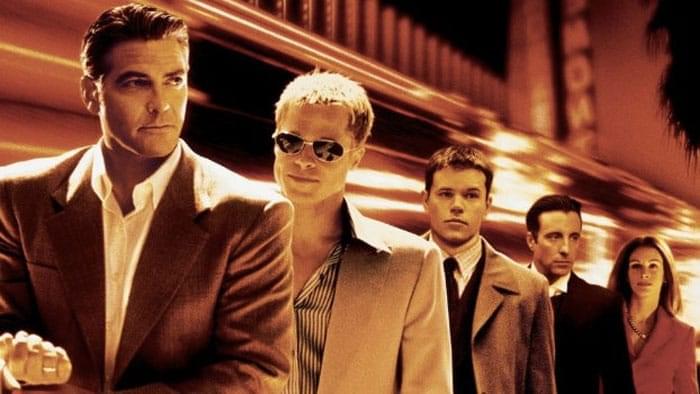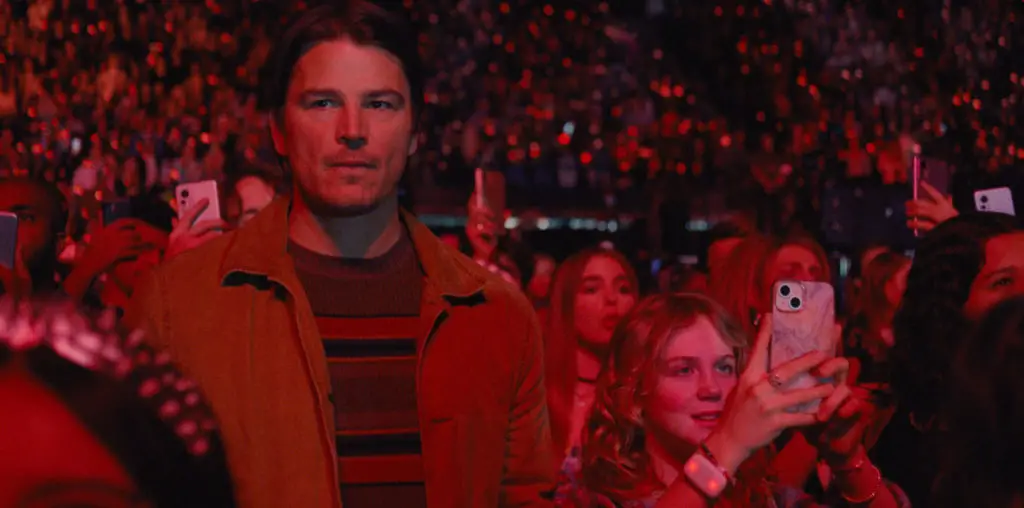
Mel Gibson began his directorial career with 1993’s nondescript “Man Without a Face.” It wasn’t a bad film, and showed that Gibson had a good eye for the camera and some measure of respect for his audience. He took a different tack in “Braveheart,” the sweeping and bloody epic about Scottish rebel William Wallace that won five Oscars. Like “Man,” “Braveheart” was pretty to look at; on the other hand, it also featured some enjoyable beheadings, even if – as depictions of the Scots War of Independence go – it was about as historically accurate as “Pearl Harbor.” After that, there was “The Passion of the Christ,” which grossed $370 million domestically and ended any debate over whether or not scourging and crucifixion were pleasant ways to die, or how much onscreen violence a god-fearing audience can put up with.
And then came…The Incident.
Ordinarily I’d tell you that someone’s personal beliefs shouldn’t figure too heavily in a review of their creative output (unless those beliefs actively taint the end product, of course), but Gibson is such a rich tapestry of psychosis and prejudice it’s hard to distance oneself from them. With the built-in audience “The Passion” appealed to, it didn’t cause much of a dilemma, but the same can’t be said for “Apocalypto,” a movie I’d love to shoot down but honestly can’t. Say what you want about Mel Gibson, but that sadomasochistic anti-Semite knows how to shoot a movie.
Life is idyllic in the small Mayan village where young Jaguar Paw (Rudy Youngblood) lives with his pregnant wife (Dalia Hernandez) and son. Days are spent hunting with his friends and goofing on their childless companion by tricking him into eating boar testicles and smearing a burning powder on his nether regions. Even the appearance of a mysterious wave of refugees – fleeing a mysterious force that “ravaged” their lands – and a village elder’s ominous cautionary tale about the ephemeral nature of all civilizations aren’t enough to cast much of a pall over this pastoral scene.
Unfortunately, portents are proven out when invaders put the torch to the village and force-march the survivors back to their city. Jaguar Paw is among those captured, and his situation is made more frantic by the knowledge that his family is trapped at the bottom of a pit near the village (he hid them there during the attack). Even worse, his prospects for rescuing them appear bleak, as they approach the city and realize they’re to be sacrificed to lift the pestilence that affects the land.
As the name might suggest, “Apocalypto” deals with a civilization on the brink of collapse. In the case of the Mayans, it isn’t so much that they’re sacrificing their own people to the gods – ostensibly to bring the crops back to life – but that the massive scale and depravity of the ritual prove this is far more than a mere exercise in pragmatism. Gibson wants us to see a Mayan civilization doomed by its own decadence and disregard for human life. And if the old man at the beginning wasn’t enough to convince us, there’s the solar eclipse and the creepy little girl with boils foretelling the end times in a manner that makes the Shadout Mapes from “Dune” sound like Heidi of the Swiss Alps.
Jaguar Paw escapes, of course, and races back to his village to try and save his family. Determined to stop him are seven of the tribe’s elite warriors. Unlike just about every other one of Gibson’s action movies, Jaguar Paw is motivated by fear rather than revenge. All he wants to do is rescue the wife and kid from the pit while trying to avoid re-capture. Naturally, it wouldn’t be a Gibson movie if he wasn’t forced to resist with “extreme prejudice,” and in that respect the final act of “Apocalypto” plays like a 16th century “First Blood.” “Doomsday parable” gives way to “action movie,” right down to the slow motion fight scenes and a car jaguar chase.
“Apocalypto” is a violent movie, indeed; hearts are removed and heads lopped off in rapid succession, while the fight scenes themselves are fairly brutal. Mercifully, we’re free of the incessant sadism of “The Passion of the Christ,” though many who were able to overlook that film’s gore will probably (and unsurprisingly) voice their protests here. On the other hand, the locations and sets are quite stunning, even if the tone is bombastic and the film’s message is delivered in particularly ham-fisted fashion. Pretty par for the course for a Mel Gibson flick.

